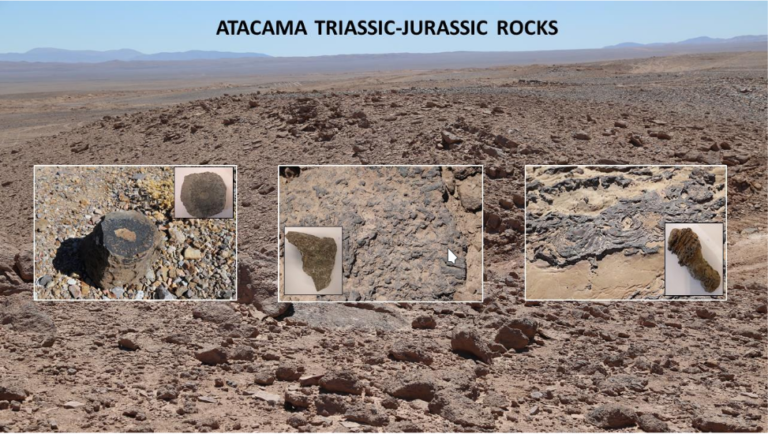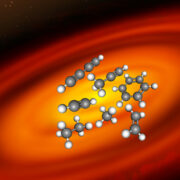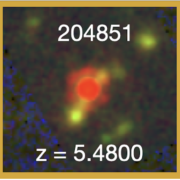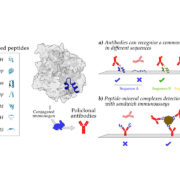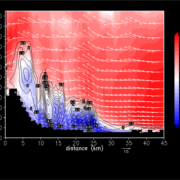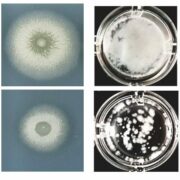A multidisciplinary team from the Centro de Astrobiología (CSIC-INTA) and the Universidad Católica del Norte (Chile) has applied a powerful multianalytical platform to detect traces of life in rocks more than 200 million years old from the Atacama Desert as system training for future astrobiological missions to Mars.
The search for life in the Universe depends largely on our understanding of modern and ancient life on Earth, as well as our understanding of the factors that affect the development of life and its interaction with the environment. Searching for traces of life in ancient rocks is challenging because, on many occasions, time and diagenesis have contributed to the destruction and geological recycling of any direct evidence of life (structural or textural fossils). This is why the use of chemical fossils, such as certain molecules or isotopic compositions (molecular or isotopic biomarkers), is much more useful in the search for life in ancient environments, where the cumulative impact of various destructive factors such as UV radiation, erosion, pressure or temperature may have caused the gradual degradation of possible biological remains.
In a recent study, carried out by a multidisciplinary team from the Centro de Astrobiología (CAB, CSIC-INTA) and the Universidad Católica del Norte (Antofagasta, Chile), published and cover of the leading journal in the field, Astrobiology, the profile of chemical fossils (molecular and isotopic biomarkers) preserved in ancient rocks from the Atacama Desert, in Chile, has been investigated. Specifically, samples from three Triassic-Jurassic sedimentary rocks (carbonates) have been analyzed in order to identify traces of life over the last 200 million years.
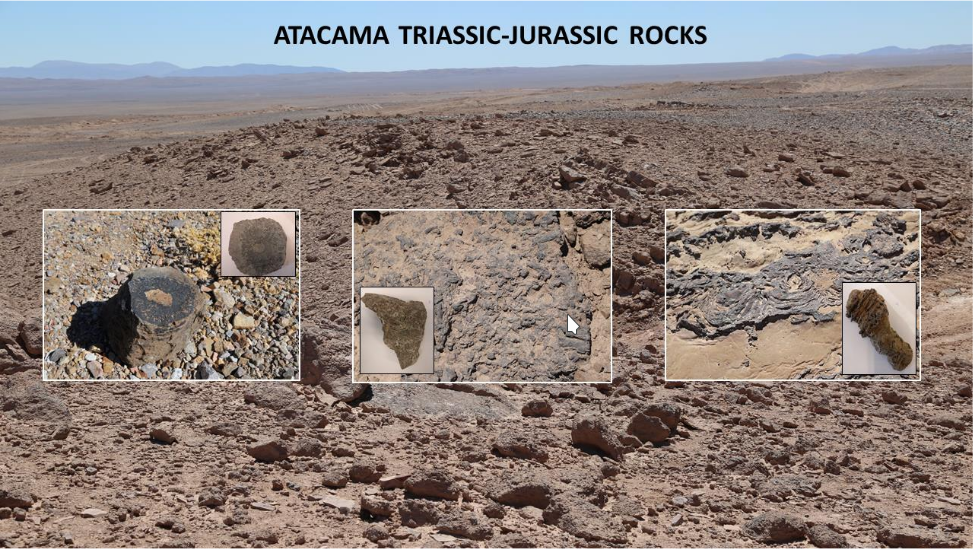
Image of Upper Triassic-Jurassic marine carbonate outcrops in the Atacama Desert (northern Chile) in which remains of life of different nature and degree of preservation corresponding to the last 200 million years have been detected.
Credits: Prof. Guillermo Chong (Universidad Católica de Chile) and Dr. Laura Sánchez-García (Centro de Astrobiología).
As Laura Sánchez-García, CAB researcher who has led the study, points out, “it is essential to combine the search for multiple target molecules with different chemical compositions, degrees of preservation and biological specificity to complement the limited biological or temporal information provided by each one individually and thus achieve a more integrative picture of what the original environment was like. The strategy of applying multiple biomarkers, covering different aspects and chemical complexities increases the likelihood of detecting unambiguous signs of life.”
The study applied a multi-analytical platform for the detection of different types of biomolecules with different resistance to degradation and different ability to diagnose their biological sources. The combined identification of lipid- and protein-derived biomolecules with the positive signals of a life detector chip (the Life Detector Chip) allowed inferring the metabolism and diversity of the most recent life forms. Molecular and isotopic analysis of lipid chains (the most resistant to degradation) also made it possible to identify biological sources from older periods, as well as to recreate the environmental conditions that prevailed over the last 200 million years.
For the authors of this study, “the detection of extraterrestrial life can benefit from this approach, as we can detect biomarkers at different levels of chemical complexity, overcoming diagnostic limitations due to lack of specificity and/or degradation over geological time. Similar strategies should be considered both for interpreting the results of current Mars missions and for future astrobiological missions to the red planet in which detection techniques such as those employed in this work are foreseen”.
“Time-integrative multi-biomarker detection in Triassic-Jurassic rocks from the Atacama Desert: relevance for searching basic life beyond the Earth”, por L. Sánchez-García, D. Carrizo, M.A. Lezcano, M. Moreno-Paz, C. Aeppli, M. García-Villadangos, O. Prieto, C. Demergasso, G. Chong, V. Parro. Astrobiology 21:1421–1437






